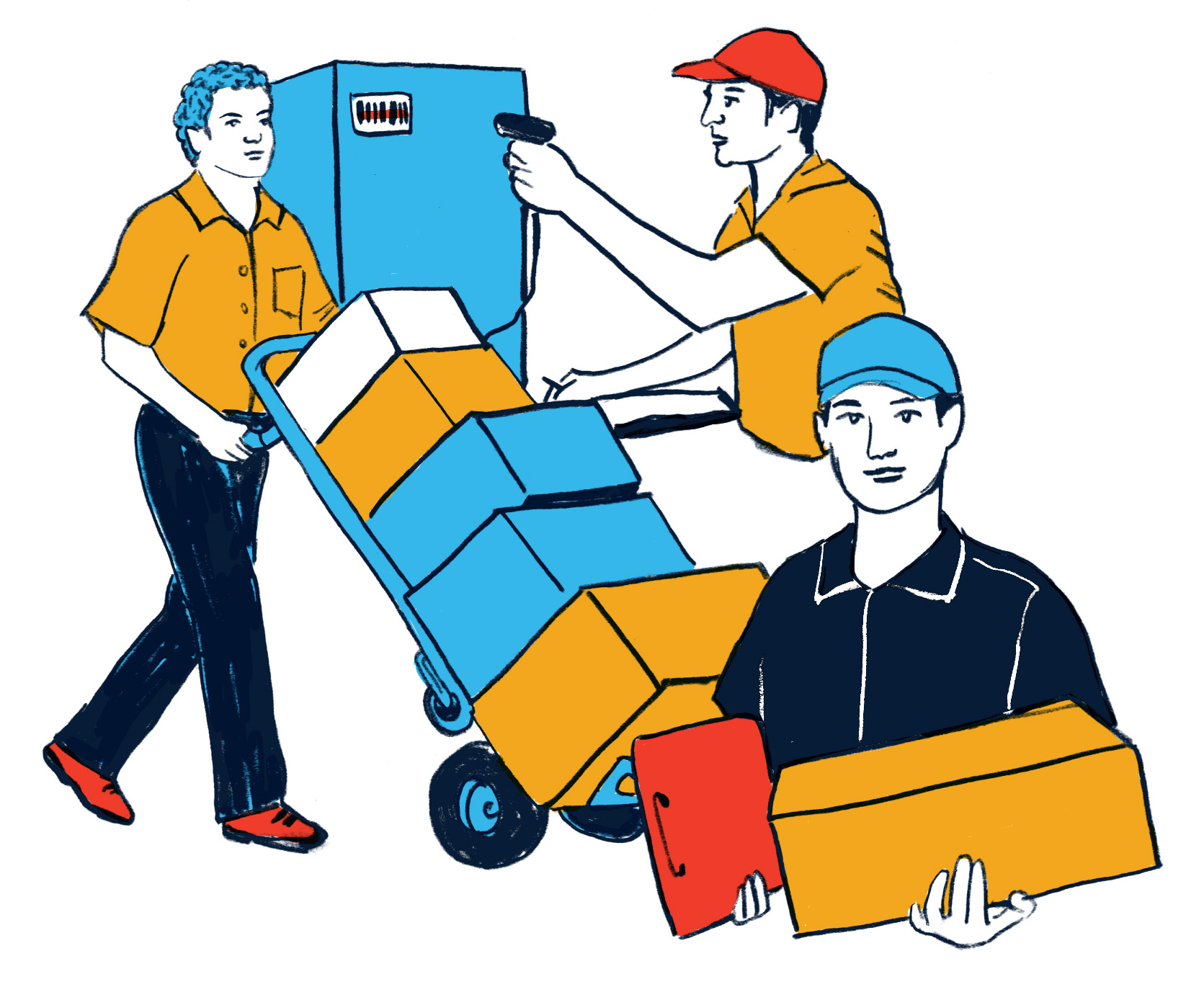Driverless trucks could have a large impact on the design of your supply chain. Jeff Potts of LeanLogistics wrote a nice blog post that hit on some of these ideas. He gave us a few good insights:
Watson Says... |
 |
| Driverless trucks open up many new possibilities for your supply chain and the ways you can serve your customers and compete in the market. |
 |
What do you say? |
 |
| Click here to send us your comments |
|
|
|
- Driverless trucks promise to reduce transportation costs by avoiding getting more use from each truck without having to worry about drivers needing rest.
- Driverless trucks will likely first start out on the interstates and may not do the first or last mile of the trips.
- The old rule of 400-500 miles per day no longer applies. He has some nice maps showing that 2 warehouse can now cover a lot of the US within 1-day versus 5 warehouses today.
Will the ability to have a bigger one day service territory reduce the number of warehouses? Maybe.
But in optimization, the trade-offs are more subtle. Driverless trucks reduce the cost of transportation. If this cost is lower, you may want to spend even more to reduce the now higher relative cost of long service times or inventory by an even greater amount. Let me explain.
 First, I’m assuming that driverless trucks will be cheaper and easier to operate within your own network. That is, the easiest thing to try first is to send a driverless truck from your own plant or central warehouses to one of your own local warehouses. That is, initially, it might be better to have a driver show up at your customer location to deal with their technology and all the rules they may impose. First, I’m assuming that driverless trucks will be cheaper and easier to operate within your own network. That is, the easiest thing to try first is to send a driverless truck from your own plant or central warehouses to one of your own local warehouses. That is, initially, it might be better to have a driver show up at your customer location to deal with their technology and all the rules they may impose.
Second, I’m assuming that driverless trucks will quickly be built in different sizes. With a person driving, you had an implied fixed cost so you wanted to maximize your use of trucks that held 40,000 pounds (or your equivalent in cube or pallets). But, what is to stop the proliferation of trucks that are built to carry smaller loads (and use less fuel)?
Given all of this, it may make sense for your network to have even more warehouses. The extra warehouses can improve your service even more-- think about being able to do mostly same day delivery from your local warehouses.
With cheaper transportation costs (both from not having a driver and by being able to efficiently ship in a truck built for your load size), it is easier to replenish many warehouses. Also, the cost of inventory usually prevented having too many local warehouses. But, with much cheaper and faster replenishment to these warehouses, you can replenish these warehouses daily from the central warehouses. This keeps inventory to a minimum and allows to you provide even faster service to your customer with much later cut-offs.
In this case, maybe you spend 10% more on transportation and warehousing costs, but you reduce your lead-time to your customers by 80% while having minimal impact on inventory levels.
And, if you are currently sending product to your customer’s warehouse, this local inventory may allow you to deliver directly to the stores, job sites, or other customer locations.
Final Thoughts
Driverless trucks open up many new possibilities for your supply chain and the ways you can serve your customers and compete in the market.
Any reaction to this Expert Insight column? Send below.
Your Comments/Feedback
|